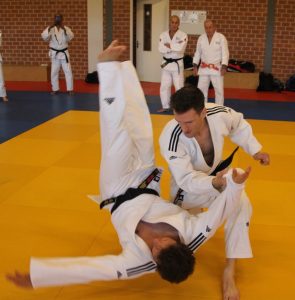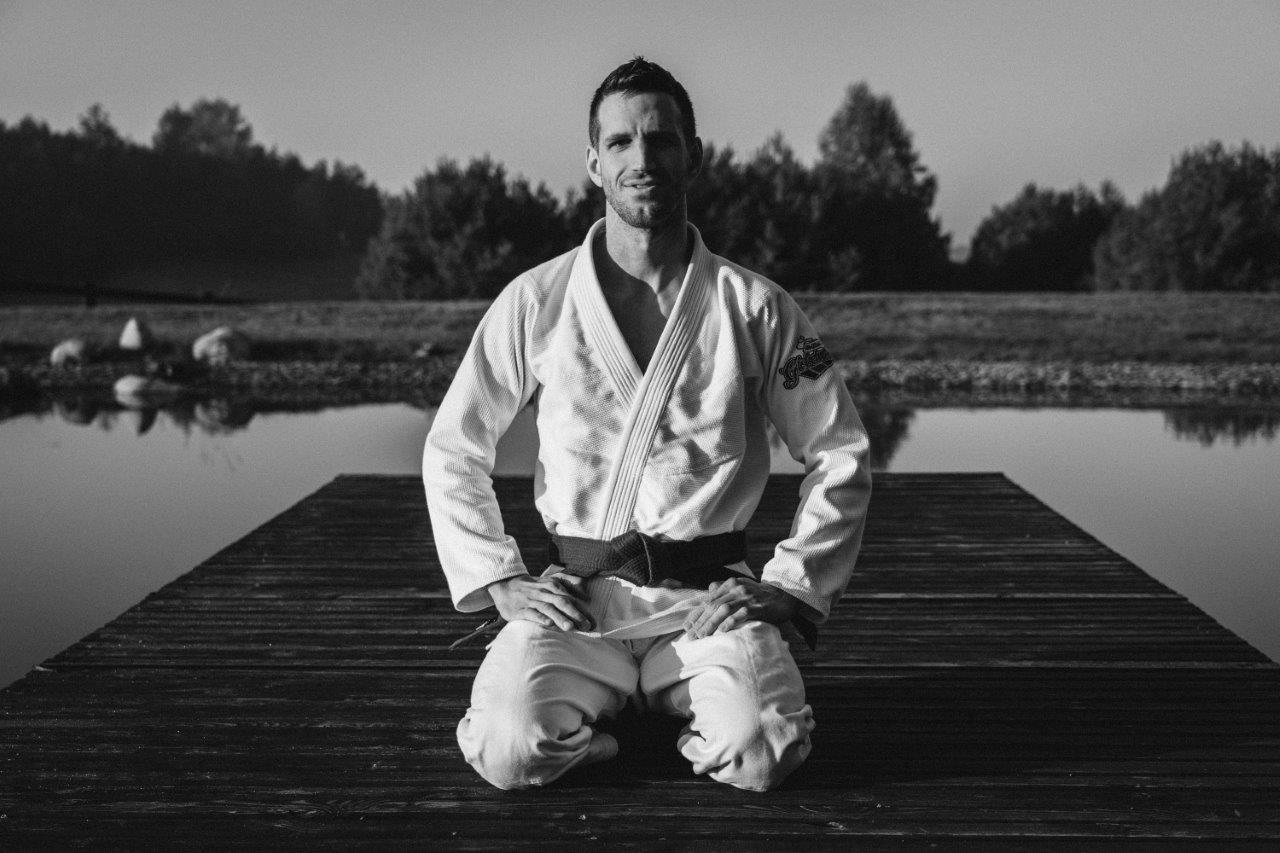Implicit Learning: Spare Me the Details
Blog by Sebastiaan Fransen, 5th dan Judo
https://www.spfransen.nl/impliciet-leren/
Teachers often delve deeply into the details of techniques. However, research suggests that students’ performance may improve more rapidly with implicit learning, where explanations are minimal or absent. Students are encouraged to ‘experiment’ and discover through practice what works and what doesn’t. Learning primarily occurs subconsciously, unhindered by detailed instructions.
A Teacher with Many Details
I used to do it all the time and occasionally still fall into the trap. It’s wonderful to explain a technique thoroughly. As a teacher, it feels good to show exactly how a technique is executed—how to grip, steps for turning, weight distribution, and so forth.
Students also loved it. If someone could explain so much, they had to be an expert! Many students instantly improved, provided they didn’t get overwhelmed by the details.
However, it went unnoticed that they forgot much within a week, and improved techniques rarely showed up under pressure (exams or competitions). It seemed fine at the time!
Bursting the Bubble
Then, after attending Joop Pauel’s presentation, I read Peter Beek’s article “Nieuwe praktisch relevante inzichten in techniektraining”. This article references strictly controlled experiments showing that “participants who received no verbal instructions or feedback performed as well as or better than those whose attention was explicitly directed at their movements.”
What a disappointment! According to this insight, I could give fewer instructions with comparable or better results. I could provide varied exercises and allow students to experiment themselves. Subsequently, their movements improved subconsciously based on discovering what did or didn’t ‘work’.
An Experiment with Fewer Instructions
With reluctant curiosity, I began experimenting with fewer instructions. The results were impressive. Many students imitated a good demonstration without detailed explanations. Long live mirror neurons!
With fewer instructions, they developed their own optimal movements, coming up with creative solutions and variations. Movements appeared less disrupted by conscious thought, and adjustments happened naturally. Moreover, lessons later, I noticed that much of what was learned persisted.
Another advantage is that lessons with varied exercises are more exciting. How often do students practice a technique they already master? Often, we repeatedly explain a throw they already execute well!
“If you have to learn what you already know, your mind switches off.” Where’s the exciting, interesting, challenging lesson with variation that makes judoka eager to return the following week? A teacher considers the group’s starting level—what they already know—and offers a challenging lesson accordingly.
Adjusting as a Teacher
It’s an adjustment as a teacher. Explaining a technique in detail makes me visibly present, allowing me to verbally demonstrate my expertise. It’s different when letting students discover independently. It bruises the ego slightly when you realize students also progress significantly without detailed instructions.
“It takes courage to teach according to differential learning! It’s more appealing as a teacher to show you know exactly how a technique should be executed.”
Students also no longer clearly see the relationship between teaching and their improvements, as much learning happens subconsciously. The clever, varied exercises I’ve prepared as a teacher become less visibly obvious.
Additionally, I must allow students freedom to execute movements differently. The optimal movement varies per student, and they discover this through variation. I don’t want to impose my execution of the movement.
Example of Implicit Learning
You might wonder how you teach something without many instructions. For instance, how do you teach children to throw a ball? Explicit explanations might include:
How to stand
How to hold the ball
How to position the elbow of the throwing arm
How to throw the ball
Providing extensive tips can overwhelm children and hinder performance due to overthinking.
With implicit learning, you avoid these rules. For example, draw a circle on a wall and have children aim a ball at it. Quickly, they’ll start hitting the circle.
If they struggle, you let them move closer to the wall or give them a tennis ball. If they excel, let them step further away or introduce another variation.
Effective Instructions
How can a student be guided if they get stuck? By giving instructions focused on the effect of movements on the environment (external focus). This is more effective for learning and executing movements. An example of such an instruction: “After throwing, uke lands in front of tori.” This external focus allows movements to happen subconsciously and reflexively, resulting in faster and nearly effortless execution.
This differs from focusing on how the throw is executed, such as: “The weight distribution should be equal across both legs.” These ‘how-to’ details disrupt the movement, making it “slower, less fluid, and less effective.”
Implementing Implicit Learning and External Focus
Want to achieve greater performance and learning? Experiment with how you give instructions. Try varied exercises and offer fewer or no instructions. Focus feedback on the effect of movements on the environment. Objectively evaluate students’ progress over a longer period (retention) and under pressure (like randori).
This is a powerful tool. Teachers can better cater to different individuals and situations, motivating and inspiring students. You can then choose between implicit learning or explicit details (occasionally needed for competition judoka and kata).
I’m convinced that applying modern learning insights produces more versatile movers with creative solutions in randori. Additionally, many judoka appreciate the freedom when understanding its benefits and experiencing improved learning.
Interested in implicit learning and external focus? Consider reading the book “The Inner Game of Tennis”.
Special thanks to Joop Pauel, Marie-José Nieuwenhuizen, and David Koh for their feedback on this article.

